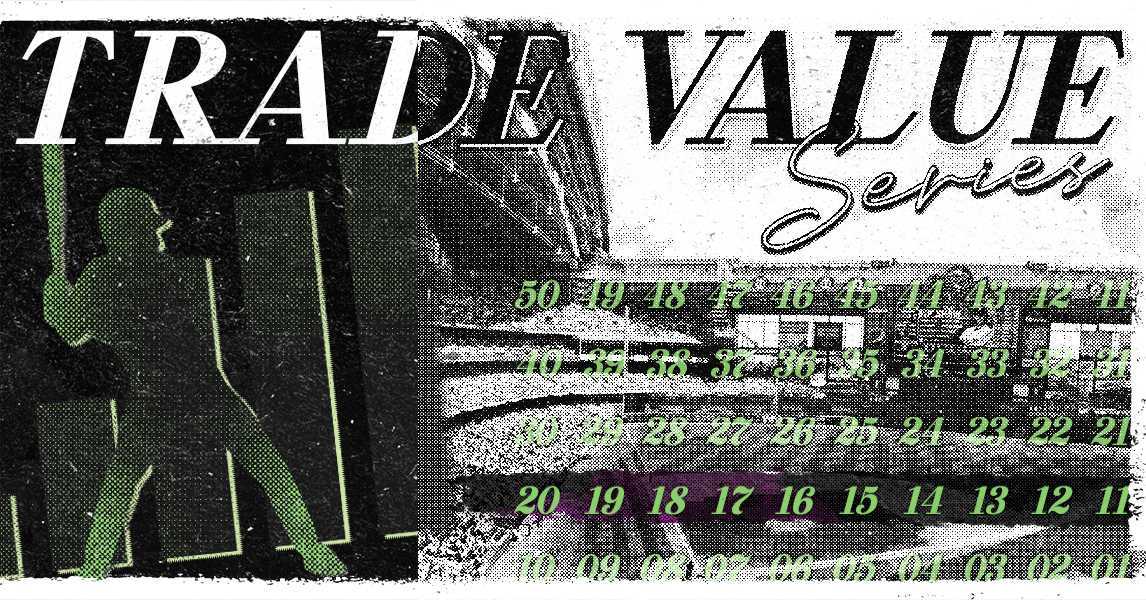FanGraphs Audio: Ben Nicholson-Smith on the Buying Blue Jays
Episode 932
On this week’s show, we dive deep on Canada’s team before a chat about the Trade Value series and more.
- At the top of the program, David Laurila is joined by Ben Nicholson-Smith of Sportsnet to weigh in on the Toronto Blue Jays, who are contending for a playoff spot in the competitive AL East. David and Ben discuss the big contributions the team has gotten from players like Robbie Ray, Alek Manoah, and Marcus Semien, and how Toronto is still waiting to see more from free agent signing George Springer. Ben feels good about the Blue Jays being buyers at the deadline, in large part thanks to the undeniable Vladimir Guerrero Jr., who continues to lead the club with his meteoric rise. [2:36]
- After that, Ben Clemens and Eric Longenhagen have an extended chat to catch up on what they’ve been working on. Eric is on the East Coast after having just been in Denver for the Futures Game, while Ben has been working hard with Kevin Goldstein to attempt to rank the best players in baseball by their trade value. Ben and Eric discuss this challenge and the nuances involved in compiling the list, including different philosophies for how to approach and consider the rankings. The duo talk about specific players who were ranked as part of the exercise, including Jack Flaherty, Mookie Betts, and Freddy Peralta, before getting into the upcoming trade deadline and what impact 40-man roster crunch could have on the deals made. Finally, the pair reflect on the awkward new timing of the draft and the effects it could have. [27:00]
Podcast: Play in new window | Download
Subscribe: RSS


 Dan Szymborski
Dan Szymborski